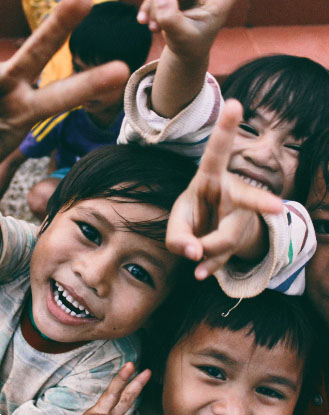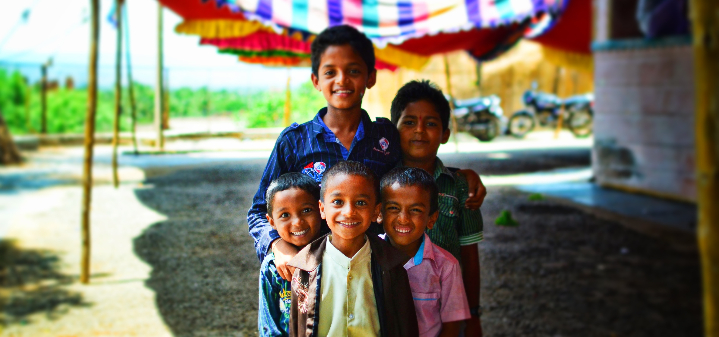Helping rebuild post-earthquake Nepal
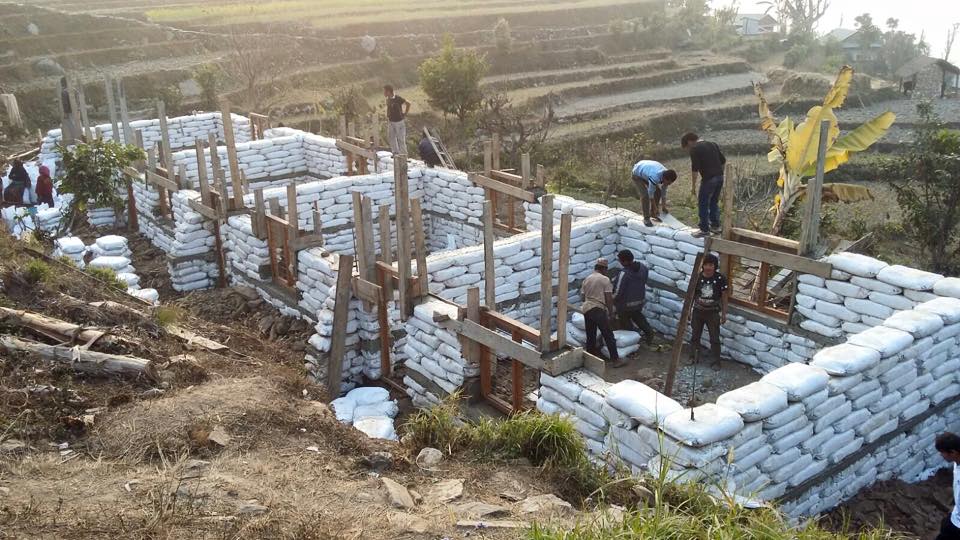
Islamic Help and its partners have started major reconstruction work to aid communities in Nepal following last year’s devastating earthquake.
At least 8,000 people were killed in last April’s earthquake, which measured 7.8 magnitude.
More than 19,000 were injured and 8 million – nearly a third of Nepal’s population – was affected.
In its aftermath, Islamic Help distributed emergency aid to 8,000 beneficiaries (read here) and launched a programme with The Mountain Trust (TMT) to provide at least 100 families with materials to construct semi-permanent homes (read here).
As part of our work with TMT, reconstruction has begun of Jiven Joyti School, in the Gorkha district, which was destroyed in the quake. The school serves the predominantly Chepang community and currently has 72 pupils.
Despite political unrest which hampered access to - and led to increased costs for - the raw materials, supplies were secured and work began in December 2015. Scheduled for completion by the summer of 2016, the school will feature four new main classrooms.
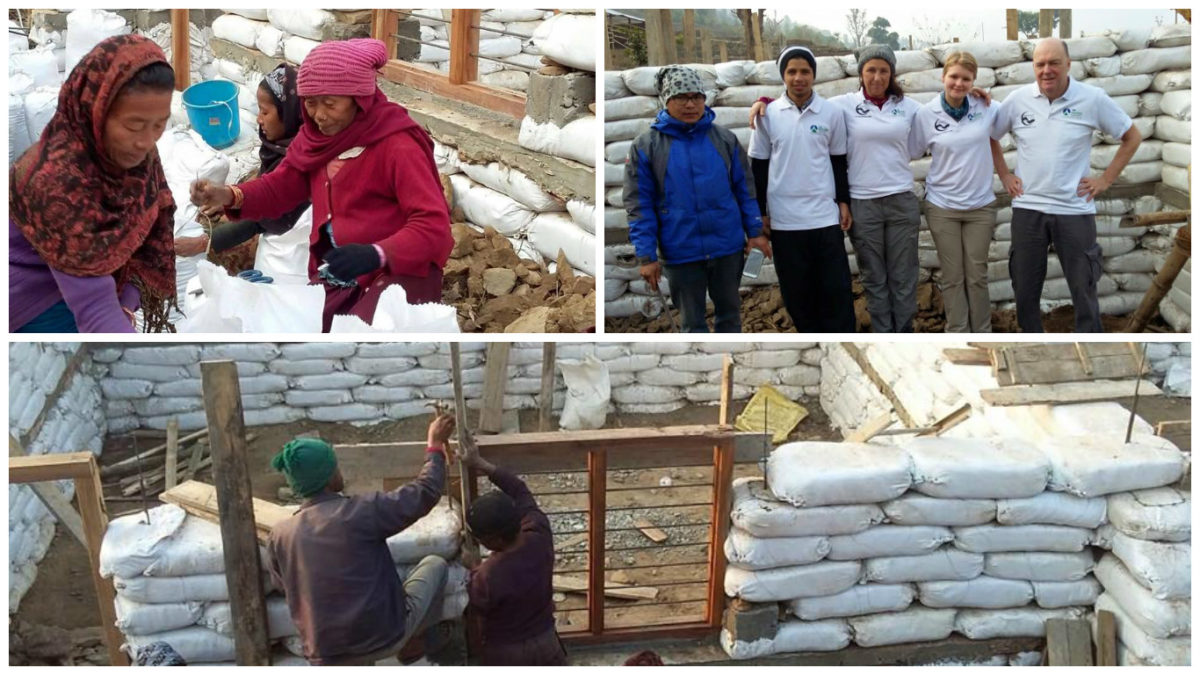
The school will be rebuilt using the Adobe method which has been proven to be twice as resistant to earthquakes as traditional construction methods. It costs half of the amount that standard cement and steel reinforcement construction does but can be finished in the same styles as traditional buildings in Nepal.
The system was originally suggested at the first NASA symposium on how to build dwellings on the moon. It consists of filling bags with soil, placing barbed wire between layers and building as if using sandbags, in a specific way to endure quakes, provide a dry environment, be ecological and create warmer rooms in winter and cooler rooms in summer.
The school serves 155 local households but the Chepang tribes are a minority people, and as well as being in poverty have difficulties accessing any state help. As part of the Islamic Help/TMT programme, there was also a distribution of winter clothing with 60 blankets and 75 woollen caps distributed to local villagers and pupils.
As well as helping provide some protection from the winter cold, the distribution also encouraged the pupils and motivated the parents to take ownership of the school reconstruction.
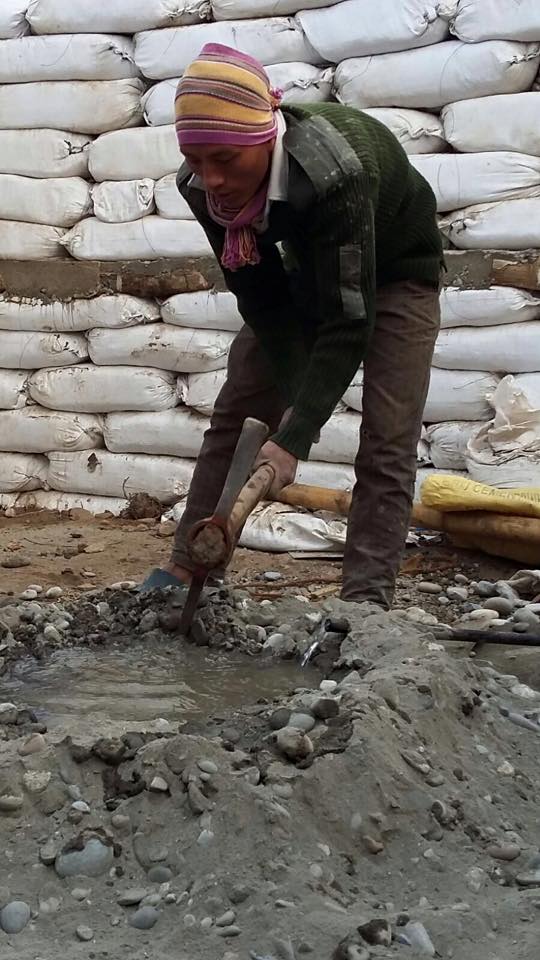
The involvement of local people has proved important as the construction team faced a number of challenges, ranging from the location which is difficult to access; a lack of materials; high prices caused by the scarcity of goods and an economic blockade by India, and a lack of local skilled manpower.
As well as the school, Islamic Help and TMT have drawn up a community housing construction programme for 57 households whose properties were destroyed or severely damaged in the earthquake.
Additionally, a winter relief programme involved the distribution of 60 blankets to vulnerable residents in Sourpani Gorkha. As with millions of others affected by the disaster, many are enduring harsh winter conditions in tarpaulin tents and risking serious illness.
Support our efforts to rebuild Nepal. Donate today.

